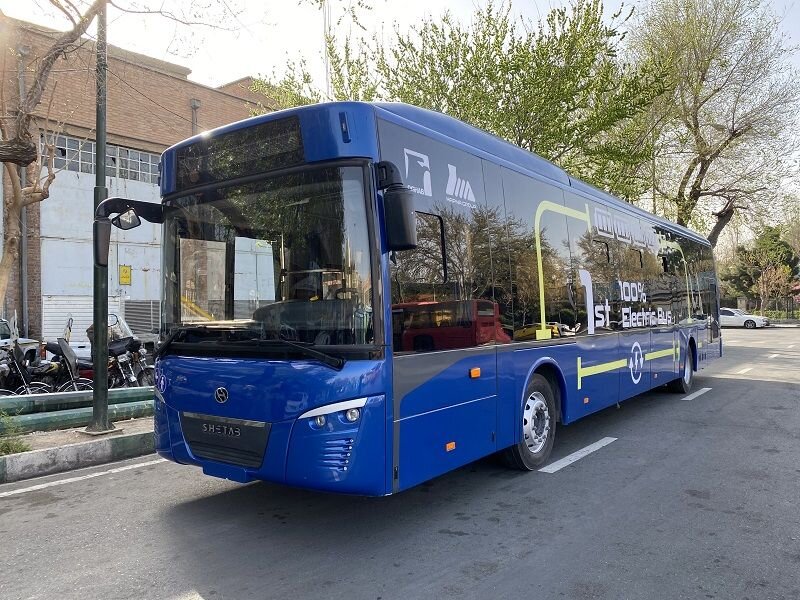Fleet electrification helps reduce air pollution: DOE chief

TEHRAN - Ali Salajeqeh, the head of the Environment Department, has called fleet electrification one of the government's strategies to reduce air pollution.
"The production of seven types of Electric Vehicles (EVs) for public transportation in the country is on the agenda, and 150 EV charging stations have been established in Tehran and Karaj cities,” IRNA quoted Salajeqeh as saying on Wednesday.
He added: "This number is scheduled to rise to one thousand stations by the end of the current Iranian year (March 20, 2024) and it will be developed in the cities of Sari, Tabriz, and Isfahan.
Air pollution
Air pollution is one of the main concerns of the government; Therefore, all organizations are obliged to act based on the Clean Air Law.
The Clean Air Law, enacted in July 2017, was supposed to be a solution to ease air pollution across the country, but now, the air is severely polluted, as the responsible bodies neglect their legal duties to implement the law.
The law has defined responsibilities for the Ministry of Interior, the Ministry of Oil, the Ministry of Energy, the Ministry of Transport and Urban Development, the Ministry of Industry, Mining, and Trade, the Ministry of Agriculture, the Department of Environment, the police, the municipality, the National TV, and some other organizations.
In this regard, according to the three-year plan of the Ministry of Oil, which was presented to the Department of Environment, the amount of sulfur in diesel fuel is supposed to be reduced to a great extent, in order to meet the national standard.
The importance of having clean air is such that a week in the country is named after Clean Air Week.
A total of 1.8 quadrillion rials (nearly $5 billion) is required to implement the Clean Air Law, Salajeqeh said.
The first vice president is the chairman of the national working group on air pollution, he noted.
The Department of Environment, as a governing and supervisory body, has determined the duties of the bodies in the implementation of Clean Air Law, he added.
There are two main types of air pollution sources, mobile sources including cars, buses, planes, trucks, and trains, and stationary sources such as oil refineries, industrial facilities, and factories.
Some 40 percent of the emission is produced by stationary sources, while 60 percent of the pollution is generated from mobile sources.
However, due to severe air pollution in recent days in some metropolises of the country, including Tehran, Karaj, Isfahan, Arak, and Tabriz, many experts have emphasized the share of stationary sources in air pollution in these areas because there are signs of non-standard fuel consumption such as Sulfur gasoline or mazut (a heavy, low-quality fuel oil, used in power plants and similar applications).
Even mazut consumption has been approved in some power plants across the country.
According to Article 18 of the Clean Air Law, the Ministry of Oil is obliged to produce fuel, including gasoline, gas oil, fuel oil, and kerosene in accordance with approved national standards (Euro 4).
Also, the share of motorcycles in the production of gaseous pollutants is about 21 percent and in the production of suspended particles is 10 percent.
In addition, ten carbureted motorcycles emit as much particulate matter as an old diesel bus per kilometer, which is a major cause of air pollution.
While moving sources of pollutants such as diesel cars, motorcycles, private cars, etc. are one of the most important causes of particulate matter less than 2.5 microns - the most important cause of air pollution in the second half of the year - which unfortunately vehicles that do not have technical inspection are only fined in Tehran and several other metropolises.
MT/MG
